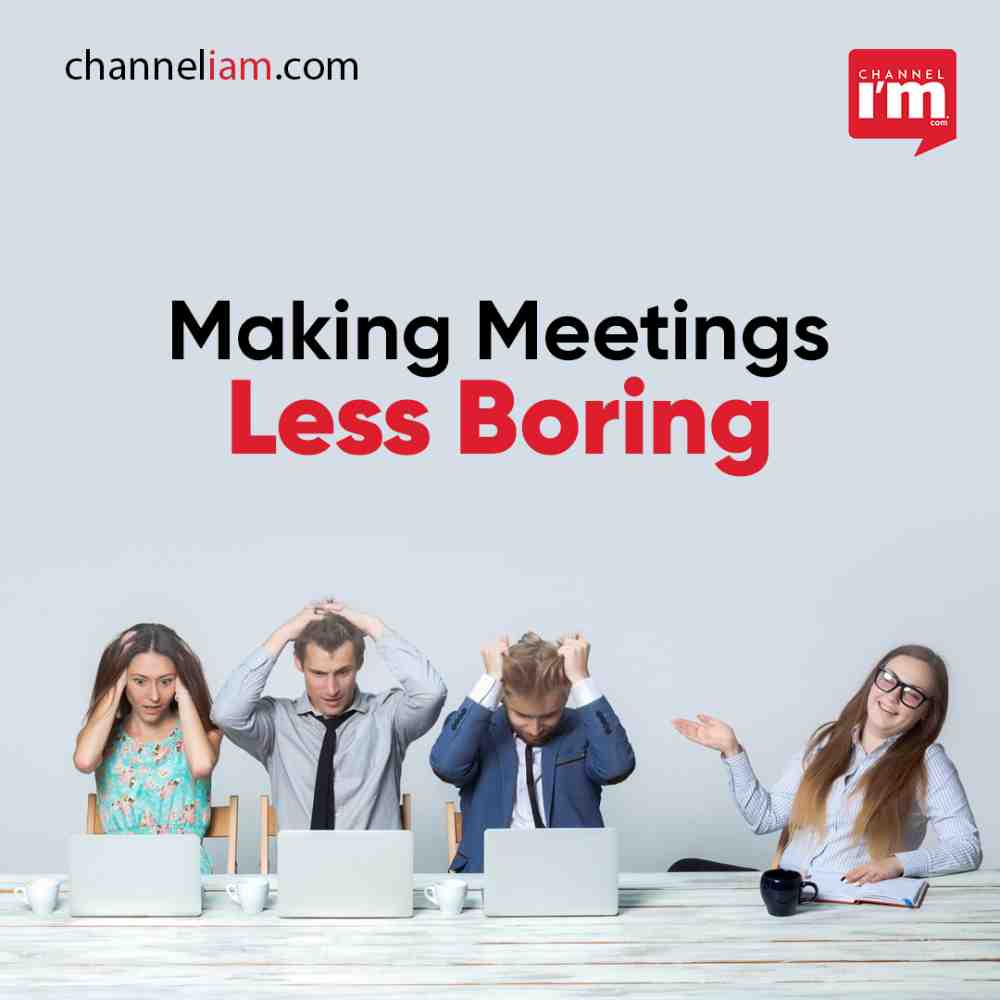Ever been in a meeting where the characters and their behaviours feel all too familiar?
Let’s dive into a snapshot of a fictional meeting involving characters A, B, C, and D, and explore how the misuse of strategic terms can make meetings both tedious and unproductive.
However, fear not, as we’ll also provide three simple ways to make meetings more engaging, efficient, and enjoyable.

Meeting Snapshot: Introducing Characters A, B, C, and D:
In this meeting, Character A dominates the conversation, seemingly speaking to himself while his slides flutter behind him. On the other hand, Character B attentively nods, showcasing wisdom, and Character D marks time with a barrage of questions, already tallying seven. Another question is on its way.
The Familiarity of the Meeting: Recognizing Common Traits:

Do these characters and their traits sound familiar? It’s possible that many of us have experienced similar meetings, plagued by the overuse of strategic terms that dilute the actual message. We often find ourselves deciphering PowerPoint presentations that have lost their point and power, deviating further from the true narrative with each bullet point.
The Gross Abuse of Strategic Terms: Losing the Point and Power:
Every day, we encounter fluff that fills our meetings. We search for “out-of-the-box solutions,” engage in “blue-sky thinking,” and continuously “circle back” to possible solutions while targeting the “low-hanging fruits.” By the time we reach this point, an unsuspecting audience member may have already succumbed to the first yawn.
- Escaping the Boredom: Three Ways to Improve Meetings:
- To prevent such dull and unproductive meetings, we propose three simple solutions:
- Unleash the Jargon-Busting Power of Simplicity:

Rather than drowning discussions in complex jargon, aim for simplicity. Instead of saying, “I used a multi-tuned tool to process a starch resource,” try something like “I used a fork to eat a potato.” Testing readability using the Flesch Kincaid score can help determine if the content is too dense.
Ensuring Authenticity: Focusing on Key Insights and Recommendations:
Avoid obscuring the real picture with meaningless words and numbers presented in illegible fonts. Cut through the noise and concentrate on essential insights and recommendations that facilitate decision-making. Overflowing with excessive data often results in “death by dashboard” or a tangled decision tree.

Stick to Brevity: Short, Simple, and Clear Updates:
Embrace brevity and provide concise and clear updates. Take inspiration from authors who could tell entire flash fiction stories in just six words, such as Hemingway’s famous tale, “For sale, baby shoes, never worn.” This approach not only saves time but also allows participants to return to their real work or enjoy some downtime.
Embracing Real Work and Office Experiences:
Let’s strive to infuse more fun into our work itself rather than relying on endless meetings. By implementing these strategies, we can transform meetings into productive and engaging sessions, enabling us to focus on the work that truly matters.

Leadership Lessons: Building a Culture of Innovation for CEOs:
In addition to improving meetings, it’s essential for CEOs to foster a culture of innovation within their organisations. Creating an environment that encourages creativity and promotes sustainable innovation can lead to greater success and fulfilment in the workplace.
While meetings can often be mundane, with the misuse of jargon and a lack of brevity, there are simple steps we can take to make them more meaningful and efficient. By embracing simplicity, authenticity, and brevity, we can escape the tedium and create a more engaging work environment. So, let’s bid farewell to boring meetings and focus on building a culture of innovation that truly drives us forward.
